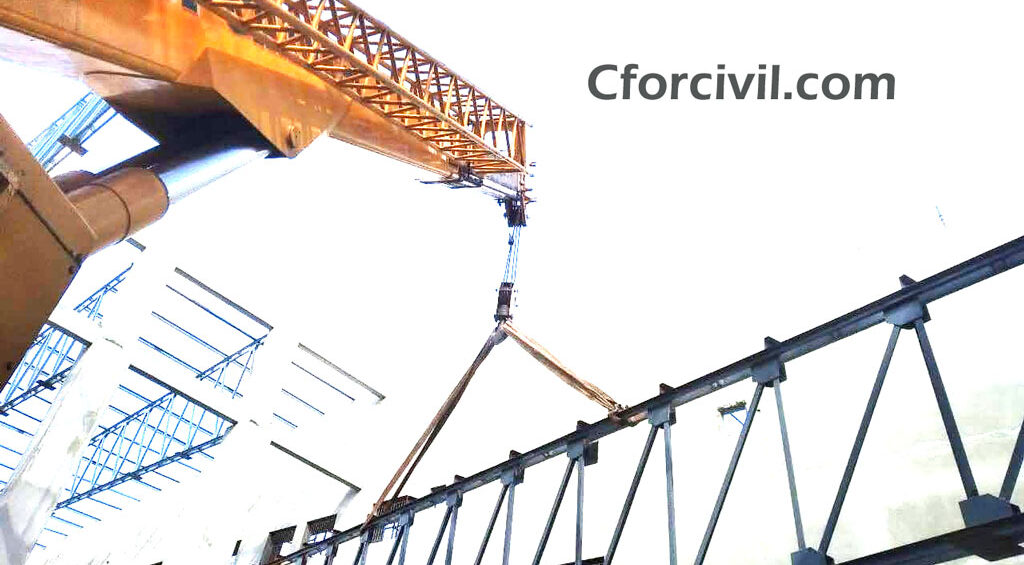Airport Hangars
The Airport Hangars are huge sheds providing shelters for the aircraft. It serve a space…
Concrete Hacking Procedure
The Concrete Hacking Procedure discuss in this post. The Concrete hacking performs in a specific…
Concrete Hacking Properties
Concrete Hacking Properties discuss in this post. Concrete Hacking is a process of making smooth…
QUALITY ENGINEER IN TRUSS BUILDINGS
The duties of QUALITY ENGINEER IN TRUSS BUILDINGS discuss in this post. A team of…
EXECUTION TEAM OF TRUSS BUILDINGS
EXECUTION TEAM OF TRUSS BUILDINGS The Execution Team of Truss Buildings builds a good quality…
RECTIFICATION OF FLAWS IN TRUSS USING DPT TEST
The RECTIFICATION OF FLAWS IN TRUSS USING DPT TEST discuss in this post. There are…







